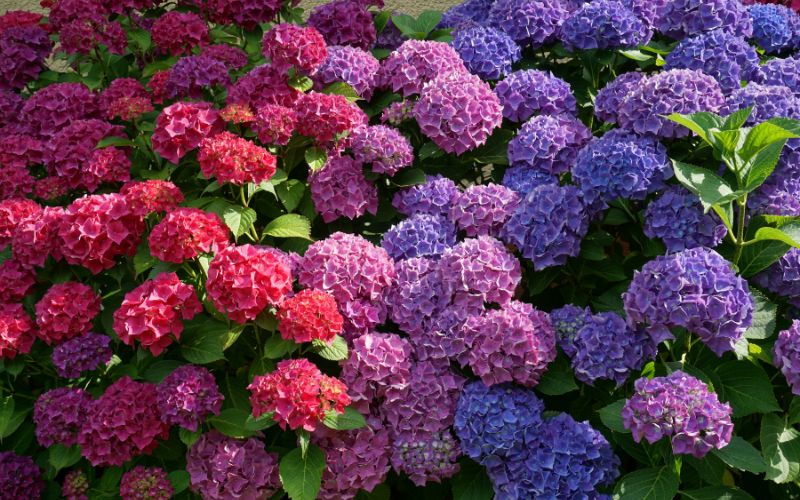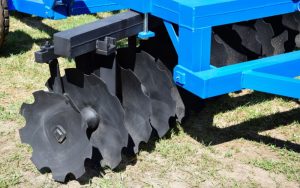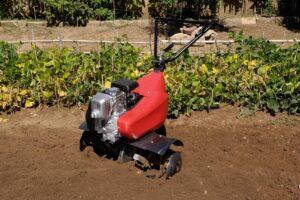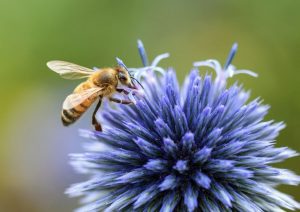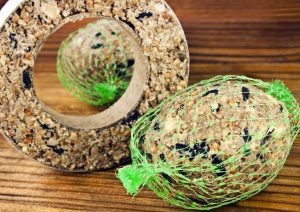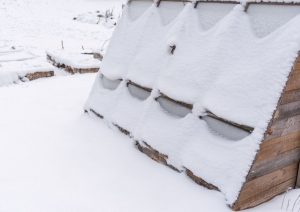Do your hydrangeas bloom once and then never again?
If so, they may just need a little deadheading.
Deadheading, or removing spent blooms, is essential for many plants if you want them to rebloom. Here’s a guide on how to deadhead your hydrangeas to ensure those gorgeous blooms keep coming all season long.
What is deadheading?
Deadheading simply means snipping or pinching off the spent blooms of a plant.
Many people think that deadheading is difficult or even harmful to the plant, but deadheading actually encourages plants to bloom more.
Plants produce seeds in their flowers, and once the flower has been pollinated, the plant no longer needs to produce that flower.
By deadheading, you are helping the plant focus its energy on producing new flowers instead of developing seeds.
Why should I deadhead my hydrangeas?
Hydrangeas are one of the many types of plants that benefit from deadheading.
If you don’t deadhead your hydrangeas, they will still bloom beautifully once, however, they will not rebloom later in the season.
So, if you want those stunning blooms to keep coming all summer long, be sure to give your hydrangeas a good deadheading.

How do I deadhead my hydrangeas?
The best time to deadhead hydrangeas is in early summer after the first flush of blooms has faded.
To deadhead, simply snip off the spent flower heads at their base.
You can also use garden shears if you have a lot of flowers to remove.
Be sure not remove any green leaves or stems—you only want to remove the actual flowers.
After you have finished deadheading your hydrangeas, give them a good watering and some light fertilizer.
With a little love and care, your hydrangeas will be reblooming in no time.
Pruning
In addition to deadheading, late summer is also a good time to give your hydrangeas a little pruning.
How much you prune will depend on the type of hydrangea you have—for instance, bigleaf hydrangeas can be pruned quite heavily, while oakleaf hydrangeas should only be lightly trimmed.
As a general rule of thumb, though, you can’t really go wrong with a light pruning.
Just be sure not to cut too far back into the woody part of the plant.
Watering & Fertilizing
As fall approaches, it’s important to continue watering your plants regularly.
Hydrated plants are less likely to experience dieback during colder months.
In terms of fertilizing, we recommend using a rich compost or well-rotted manure mixed into the soil around your plants.
This will give them the extra nutrients they need to make it through winter and rebound come springtime.
Final Words
With just a little bit of effort, you can enjoy those gorgeous hydrangea blooms all season long.
Deadheading is an essential task for many plants if you want them to rebloom, and thankfully it’s easy to do.
By deadheading the spent flower heads you’ll encourage new growth and more blooms.

